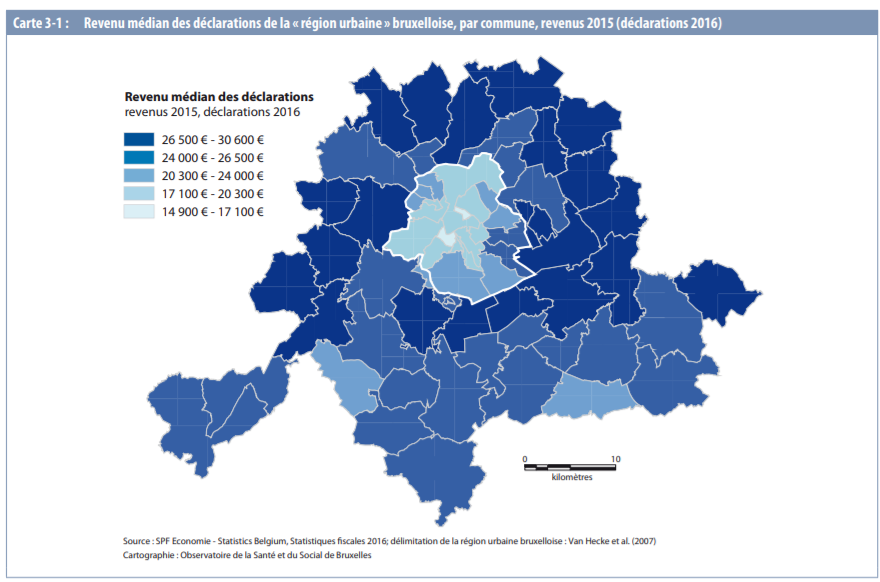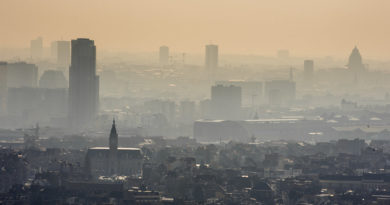1/3 of Brussels residents live below the poverty line
While October 17th was the International day for the eradication of poverty, some recent data collected in Brussels might alarm the authorities.
About 1/3 of the Brussels residents live with a monthly income below the at-risk-of-poverty threshold. That’s the main message that comes out from the last report released by the Brussels-Capital Social and Health Observatory last week. To be clear, the at-risk-of-poverty threshold is calculated by taking into account the national median income. If a person earns less than 60% of this national median income (EUR 1139 in Belgium for a single person without children), he or she lives with an income below the at-risk-of-poverty threshold.
That’s quite a huge rate. Comparing that rate with Flanders and Wallonia, you might be surprised (10% in Flanders and 21% in Wallonia, live below the threshold respectively).
If you have a look at the GDP per inhabitant, the Brussels-Capital region is, however, much richer than the other Belgian regions. The average GDP per inhabitant indeed reached EUR 63 790 per year in 2016, while it only reached EUR 38 288 in Flanders and EUR 27 220 in Wallonia.
The public body states that both the jobs and the incomes in Brussels-Capital do not benefit many Brussels residents. And half of the positions in Brussels are held by people who live either in Flanders or in Wallonia.

This at-risk-of-poverty rate exposes very different realities. 27% of the people without higher education (who have only graduated from high-school for instance) face risk of poverty, while only 6% of those who have graduated from a Bachelor’s degree or a Masters’ degree are in this situation.
Having a look at some details, some figures are scary. In Brussels-capital, 17% of the labour force and 24% of the young residents (up to 25 years-old) are registered at Actiris, the regional body in charge of employment. About 21% of the 18-64 years-old residents benefit from social help or an alternative source of income.
The report is full on information, and makes public the geographical inequalities in Brussels-Capital. For instance, while about 1/8 of the seniors (as of 65 years-old) benefit from social income designed for aged people, this rate reaches only 4% in Woluwe-Saint-Pierre and 28% in Saint-Josse.
Living and/or working in the EU neighbourhood might make you forget some sad difficulties thousands of Brussels residents face on the daily basis. We all should keep those elements in mind.
For more information, here you can find the report.



